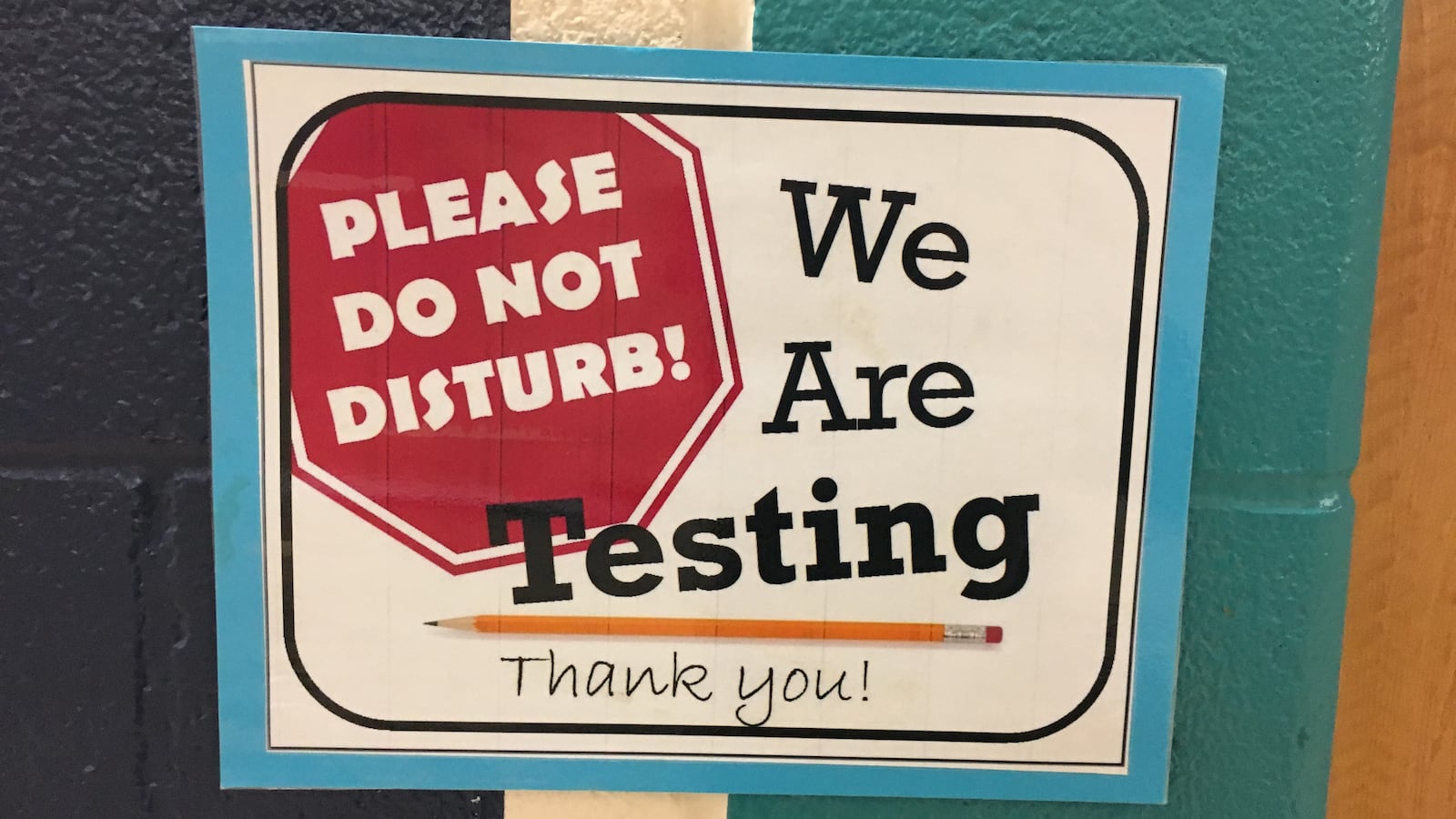Early opt-out estimates started rolling in Wednesday, the day after students sat for their first round of New York state standardized tests this year.
The number of families refusing to take the controversial tests seems to have decreased slightly in Rochester, the Hudson Valley, Buffalo and Albany. In Long Island, typically an opt-out hotbed, the rates thus far seem similar to last year. It’s still too soon to tell in New York City, but the number of families refusing to take tests has been traditionally been much lower in the city than in the rest of the state.
These are only preliminary numbers, based mostly on reports from school districts. Both High Achievement New York and New York State Allies for Public Education are tracking these reports closely and providing early tallies. The state will release an official tally this summer and would not provide any information at this time. But if it is true that opt-out rates are declining, it could be a sign that tension is slowly seeping out of what has been a charged statewide education debate.
“I think slowly and steadily, the situation is calming,” said Stephen Sigmund, executive director of High Achievement New York, a coalition of groups that promotes testing. “The changes that the state made are good changes and have helped calm the water.”
On the other side, Lisa Rudley, a founding member of New York State Allies for Public Education, said the numbers still look strong, the decreases are “very minor” and there is still a lot of information to be collected.
“The reality is, whether the numbers go up or down, there’s still a major problem with the testing in our state,” Rudley said.
Over the past few years, the number of families opting their children out of tests statewide has been on an upward trajectory, as teachers and parents protested what they saw as an inappropriate emphasis on testing. (There are currently three testing sessions each for English and math administered to students in public school grades 3-8.)
Backlash to the tests heightened in response to the state’s decision to adopt the Common Core learning standards and to tie those test results to teacher evaluations. The opt-out rate climbed to one in five students in 2015.
Partly in response to the movement, the state began to revise learning standards and removed grades 3-8 math and English tests from teacher evaluations tied to consequences. The Board of Regents selected a new leader, Betty Rosa, endorsed by opt-out supporters. Last year, the tests themselves were shortened slightly and students were given unlimited time to complete them. But, officials were unable to quell the tension. Roughly the same number of students sat out of the tests last year as the year before.
It’s difficult to estimate whether the opt-out rate has increased or decreased in New York City yet, said Kemala Karmen, a New York City representative for NYSAPE. She said that, anecdotally, in schools she has been in contact with, opt-out rates have either remained constant or decreased. Yet she has also heard of opt-outs in schools that had not reported them in the past. Karmen is also critical of the state’s changes to testing, which she thinks do not do nearly enough to assuage parents’ concerns.
New York City has traditionally had much lower opt-out rates than the rest of the state. While statewide 21 percent of families opted out last year, less than three percent did in the city. In part that’s because the movement hasn’t taken hold with as strongly with black and Hispanic families, who make up the majority of the city’s student body. Still, the movement’s political ramifications are being felt statewide.

